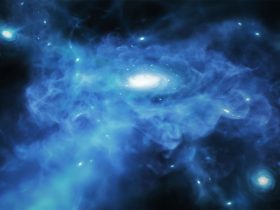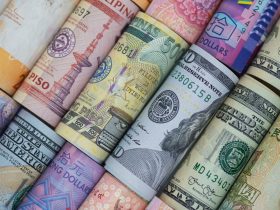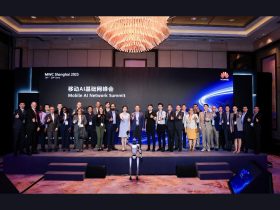Miles Astray Subverts AI Trend in Photography, but Gets Disqualified
In the ongoing battle between human photographers and generative AI, one photographer has made a bold statement by taking the fight directly to his machine-powered competitors – and winning. However, his victory was short-lived.
Miles Astray, determined to showcase the value of human creativity, submitted his own photograph, “Flamingone,” to the AI category of the prestigious 1839 Awards. The striking image, featuring an orb of pink feathers atop two knobbly legs, was realistic enough to secure third place in the “AI generated” category.
Astray, 38, explained his motivation, saying, “I wanted to twist the story of AI-generated images winning traditional photography contests by submitting a real photo into an AI competition. I chose a surreal, almost unbelievable picture that could easily be mistaken for AI.”
Once it was revealed that his submission was purely human-made, Astray was disqualified. The award, which included a cash prize for first place, was reassigned to other entrants. “AI can produce incredibly real-looking content, deceiving entire audiences. We need to be more questioning about the authenticity of photos, videos, and audios,” Astray commented.
The competition organizers acknowledged Astray’s “powerful message” but stated that his entry was unfair to other contestants. “Each category has specific criteria that entries must meet. While we understand Astray’s point, his submission did not meet the requirements for the AI-generated image category,” they said in a statement. “We hope this incident raises awareness and offers hope to photographers concerned about AI.”
Astray’s actions echo those of German artist Boris Eldagsen, who made headlines the previous year by winning a Sony World Photography Award with an AI-generated image. Eldagsen defended his entry, emphasizing the complexity of creating AI art. Despite this, Sony judges disqualified his submission, stating it was entirely artificially generated.
For Astray, the blurred lines between real and fake are the crux of his message. “As seemingly real fakes become more common, distinguishing between what’s real and what’s not will become increasingly difficult. While I rely on technology and don’t demonize it, it’s clear that it can be both beneficial and harmful,” he concluded.
Source: theguardian.com
















Got a Questions?
Find us on Socials or Contact us and we’ll get back to you as soon as possible.